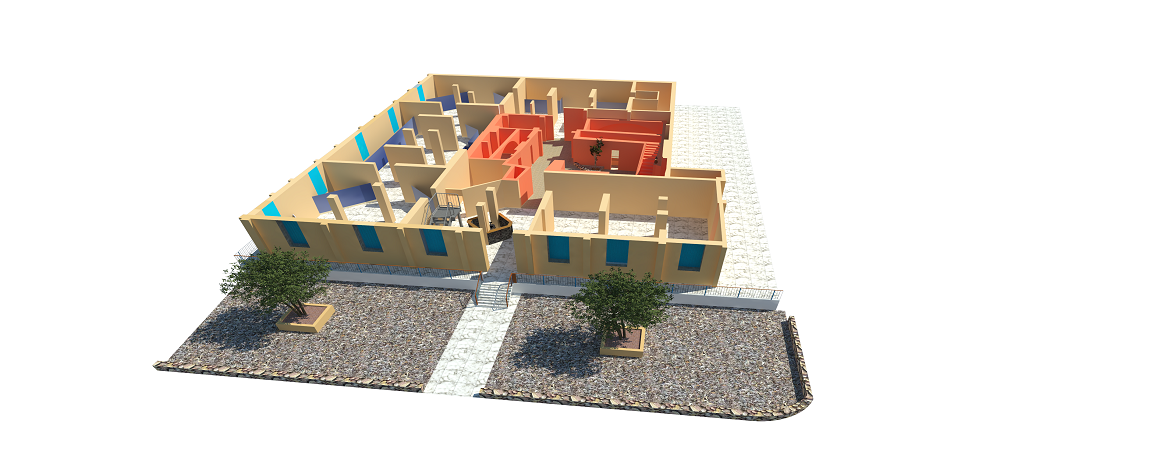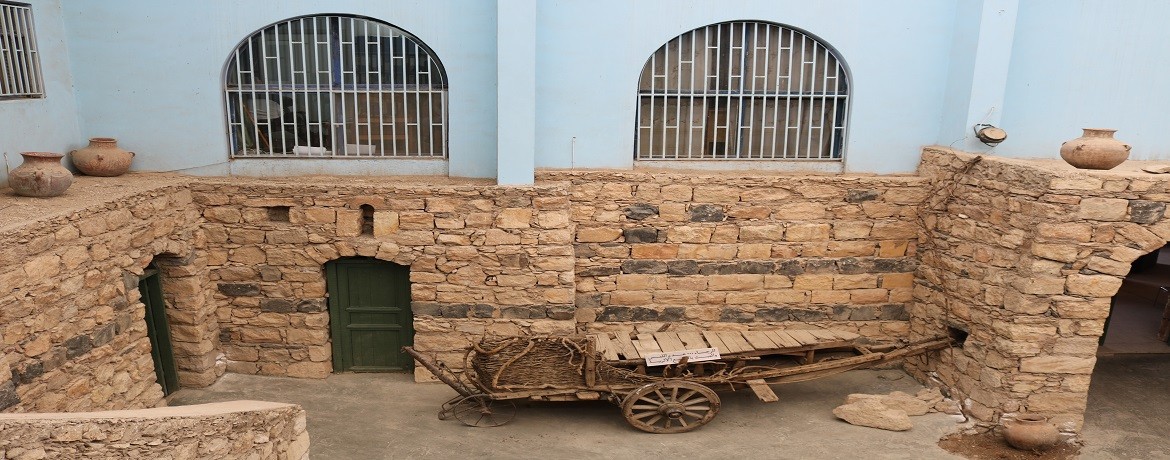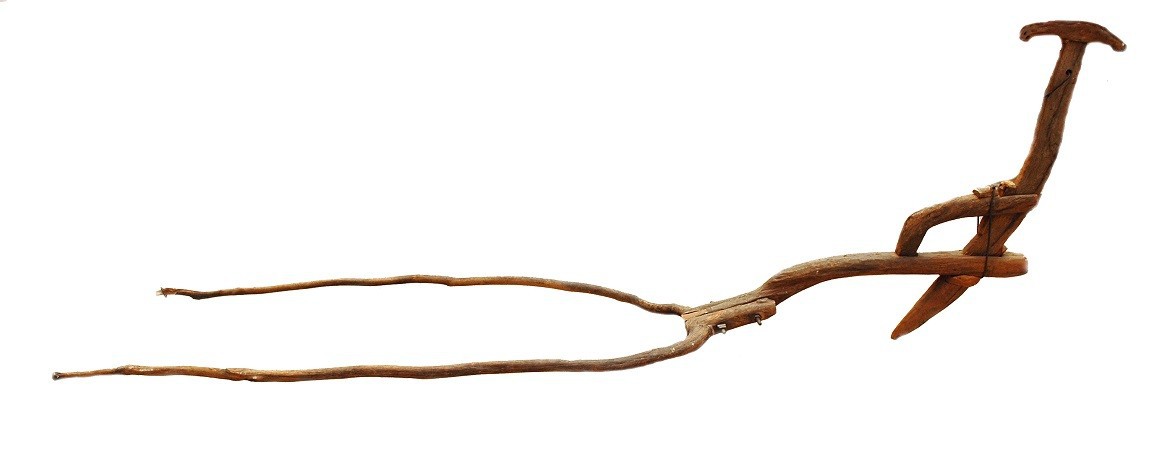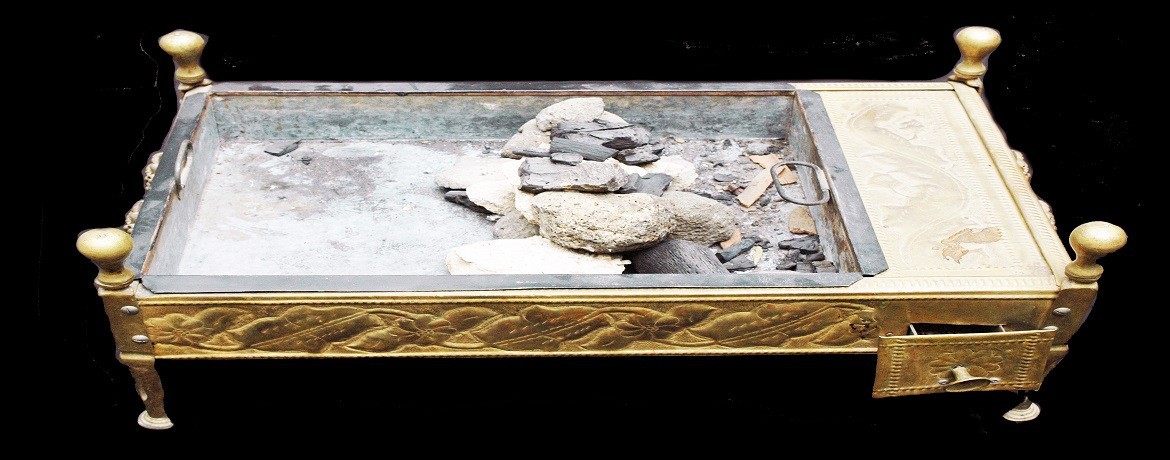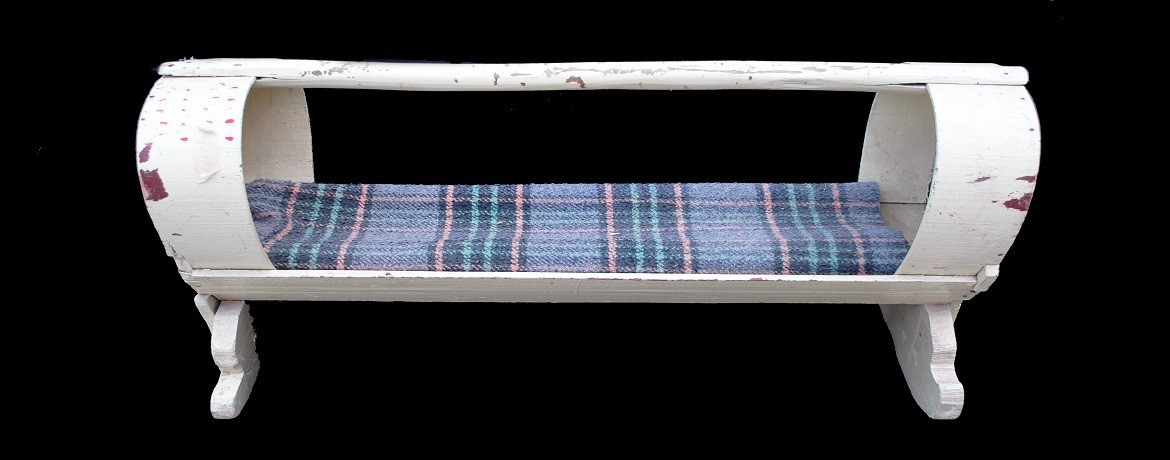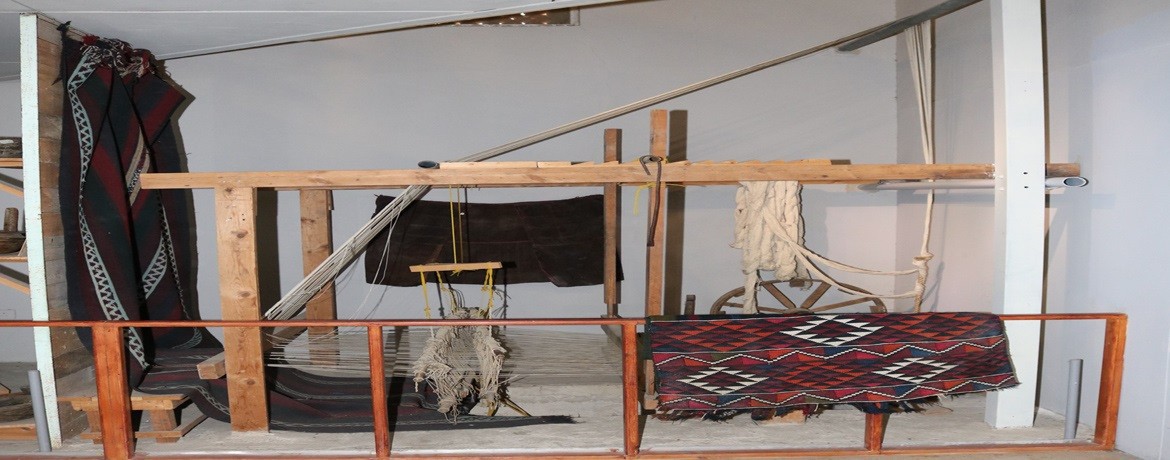The Museum of Jordanian Heritage at the Faculty of Archaeology and Anthropology represents a vital and important unit of Yarmouk University. It elucidates through archaeological artifacts the story of man, his material culture, and his relationship with the surrounding social and geographical environment. The Museum of Jordanian Heritage was opened in 1988 in cooperation with the German Government. The museum and its divisions are designed in a way that reflects the variety and interrelations between the academic disciplines at the Faculty of Archaeology and Anthropolgy; it recounts the story and history of mankind in Jordan throughout the main stages of development in a systematic way that serves the academic disciplines at the faculty and suits the needs and interests of both normal visitors and specialists at the same time.
The Museum of Jordanian Heritage consists of the following parts: the first floor, the rural house, the second floor, the temporary exhibit hall, the external courtyard, and the numismatics hall. The first floor contains the main gallery of the museum, which consists of four halls. The first one deals with Jordan’s prehistory and includes exhibits on hunters and gatherers, agricultural evolution, and village farming communities. The second hall depicts Jordan’s early history through exhibits on the emergence of city-states, territorial states, and early pastoralists and Bedouins. The third hall presents Jordan during the classical period and puts special emphasis on the local population during the Nabataean, Roman, and Byzantine Periods. The fourth hall highlights Jordan as part of the Islamic World and includes reconstructions of some traditional crafts.
The internal courtyard of the museum features a reconstructed rural house-complex from north Jordan displaying basic local architectural elements, such as cross-vaulted rooms, transversal arches and an arched façade. The museums contains also in its first floor a special hall that accommodates temporary exhibitions, travelling exhibitions from other museums and special exhibitions designed at the museum to present new finds or special topics. The External courtyard of the museum contains some archaeological features and objects such as Roman sarcophagus, stone objects and columns, and mosaic panels.
The second floor in the museum contains exhibits on various topics related to the history of technology such as stone-implements and rock-art, metallurgy, basketry, textile techniques, pottery-making, and glass. In addition, a new hall devoted to Nabataean civilization was recently opened in this floor. The Museum of Jordanian Heritage contains also a separate hall established in 2002 that is entirely dedicated to numismatics. The numismatics hall aims to preserve and document the important numismatic collections at the museum, to display the emergence and development of coins and coinage systems throughout ages, and to support studies and research works devoted to numismatics. The hall presents the numismatic collections based on historical sequence starting from the emergence of coinage during the Lydian period, through Hellenistic, Nabataean, Roman, Byzantine, and Islamic periods and up to the modern Hashemite period. The display contains a reconstruction of a minting place, melting furnace and striking tools that were used during Islamic periods.

